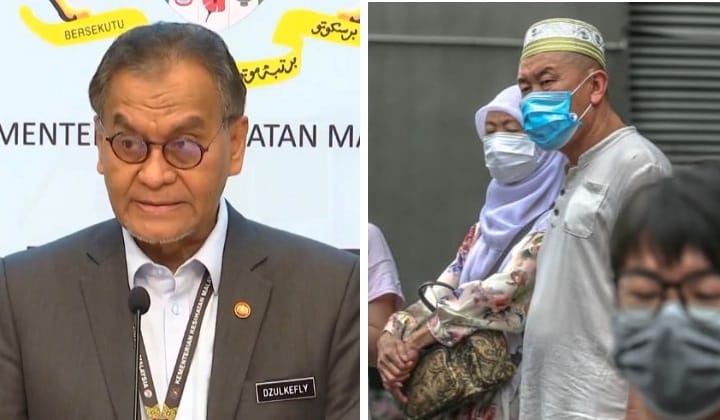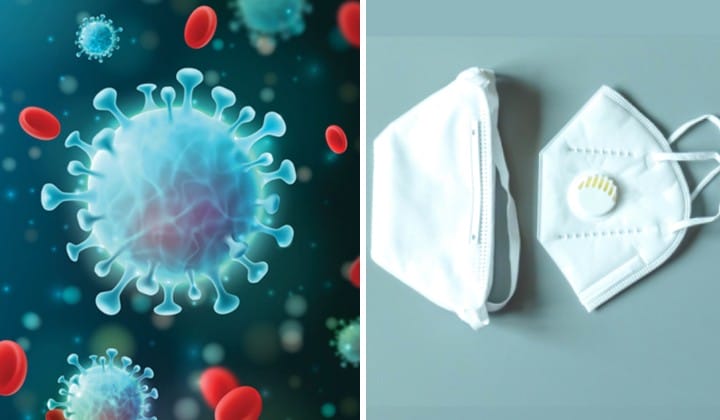My Father Didn’t Die Of Covid-19, But This Is How The Virus Killed Him Anyway
In memory of my dad and all the fathers who were taken from us this year.
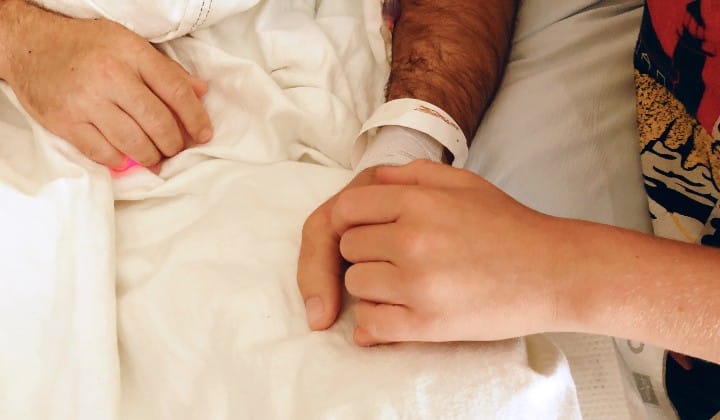
Subscribe to our new Telegram channel for the latest updates and stories.
This Father’s Day, my family is freshly recovering from losing our patriarch just weeks ago. Technically, he did not die of Covid-19, but the virus killed him anyway.
My father was spry and healthy at 71 years old. He ate well, loved fruits, and would go on daily walks around the neighbourhood. He barely fell sick, and even when he did, he would recover in a few days. He had no outstanding health issues, except that his blood pressure was a little on the higher side.
Then, he caught Covid-19. We thought he would be okay.
Stubbornness Is A Fatherly Trait
In late April, he tested positive for Covid-19. He was sent to the Covid-19 facility in MAEPS Serdang, and then transferred to Sungai Buloh Hospital. His journey ended there.

(Credit: NST)
At first, he firmly believed that he would recover fine. We did too.
Despite our best efforts imploring him to rest, to do breathing exercises, to take care of his throat; he regaled and annoyed family and friends with phone calls and Whatsapp voice notes every hour of every day.
“I feel fine, I don’t have trouble breathing!” He complained. You should still make sure to do lots of breathing exercises, we urged. Take long and deep breaths whenever you can, just like how you used to when you did taichi.
My father felt fine, but his test results were not.
Post-Covid-19, But Not Yet Post-Recovery
In the Covid-19 ward, his condition deteriorated quickly. His lungs lost the capacity to provide enough oxygen for his bodily needs, and he went from fine to I can’t breathe within 8 hours. In his last waking moments, he was gasping for air as his lung tried to absorb oxygen.
With the last of his consciousness, he could only send a final shaky text message to his wife.
After an emergency intubation, he was transferred to the Intensive Care Unit (ICU). During this time, the Covid-19 virus had left his system, meaning that he was untagged as and no longer considered a Covid-19 patient or carrier, but the virus had also left behind a massive network of scarred tissue in his lungs.
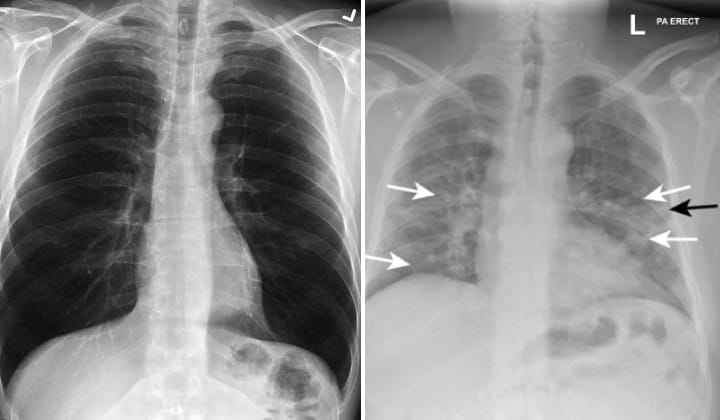
(Credit: Radiopaedia/BMJ)
There are four doctors in the family, so they understood what the daily medical report meant. (I am the one sibling who did not study medicine, but that’s a story on disappointing your family for another day.)
You see, the average person only uses around 20-30% of the total lung capacity for daily breathing. The rest of the space is there for when your body needs a sudden intake of oxygen, like when you exercise, or climb a flight of stairs, or yell at someone very loudly.
When that happens, your lungs will expand to draw in more air for oxygen. That’s why healthy lung tissue is soft and stretchy, whereas damaged lung tissue (such as from long-term smoking, or scarring from Covid-19) is less flexible, leading to shortness of breath and coughing.
When the damage first began, my father felt fine because his body could still compensate and reach the oxygen level required for a patient lying in bed, sending Whatsapp voicenotes.
His lungs, now badly scarred from the virus, meant that they could no longer expand and take in more air, and could no longer compensate enough. He no longer tried to call us or send us voice notes. He no longer could.
This was the last time we ever spoke to him.
Modern Medicine Kept His Body Alive
My father was lucky to be given extra opportunities to recover during his two weeks in the ICU. Intubation allowed his struggling lungs a chance to take a break and the possibility of healing itself enough to function again. Patients had to be sedated to undergo intubation, so while my father breathed, he was unconscious.

(Credit: Envato)
The machine could only do so much, but his lungs were getting weaker each day. Additional complications, like blood clots in the blood vessels in his lungs, were discovered much too late. It obstructed his lungs from receiving precious oxygen to heal and recover, and even pumping high-saturation levels of oxygen could not help.
His lungs were like a sponge that could no longer absorb water: it didn’t matter how much oxygen you gave him if he could not take it in.
While machines beeped around his hosptial bed, we prayed relentlessly for a miracle that didn’t come.
Funerals Are For The Living
We bid him goodbye on the last day of May. His death certificate reads that he died due to “severe pneumonia with multi-organ failure”.
Because he was no longer classified as a Covid-19 patient, we were allowed to visit him, one by one, at the hospital. We could hold his hands, cold from the lack of oxygen, and speak to him.
We could follow the hospital staff as they wheeled his body out from the ward on a large metal trolley. We could watch as the funeral directors came to take him away.
We could hold a wake for him, and pay our very last respects for the man that guided us from newborn to adulthood, stolen away far too soon and far too quickly.
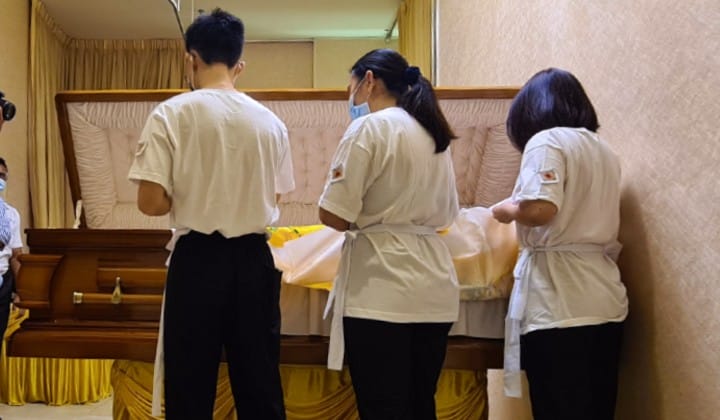
(Credit: Anne Dorall)
Covid-19 killed my father, an otherwise healthy person, and I’m not alone– plenty of other Malaysians have lost a loved one to the virus.
Over 4,000 people have died from Covid-19, but even more– like my father– passed away from the devastation the virus wreaked on their body, whose deaths are not counted or reported in the daily Covid-19 numbers. Ironically enough, he would be counted as one of the many ‘green’ numbers celebrating Covid-19 recovery.
It’s Not Binary
Many assume that Covid-19 is like an ‘on/off’ switch– you are either positive or negative; sick or not sick. Take your chances because the fatality rate is less than 1%, right? However, full recovery is not common, even for those who pull through.
The side-effects of Covid-19 have proven to be long-term and devasting: anything from permanent loss of taste to irreversible lung damage. It changes a person, and their family, forever.
And sometimes, that change is an empty chair at the table on Father’s Day.
Share your thoughts with us on TRP’s Facebook, Twitter, and Instagram.
Anne is an advocate of sustainable living and the circular economy, and has managed to mum-nag the team into using reusable containers to tapau food. She is also a proud parent of 4 cats and 1 rabbit.





